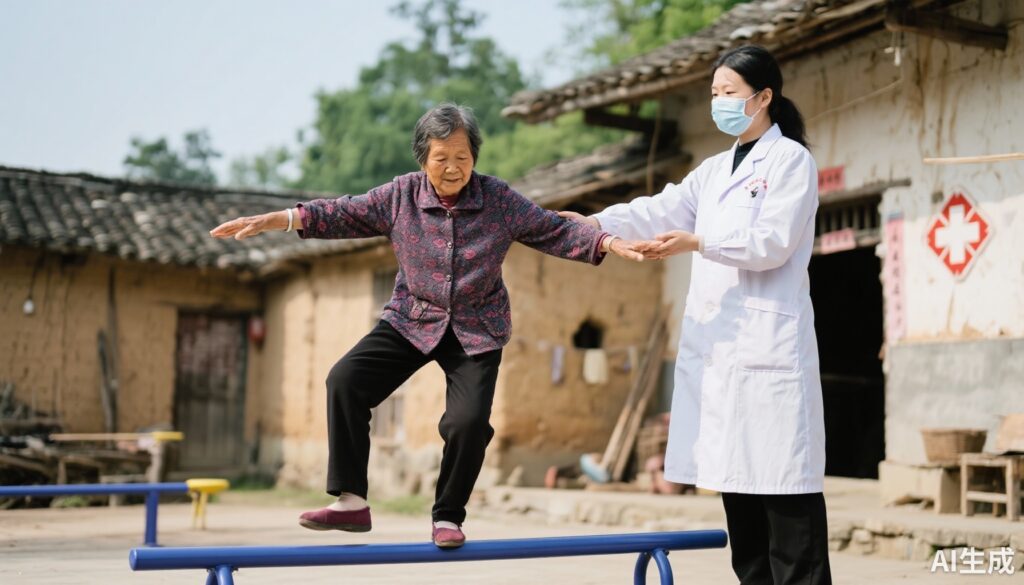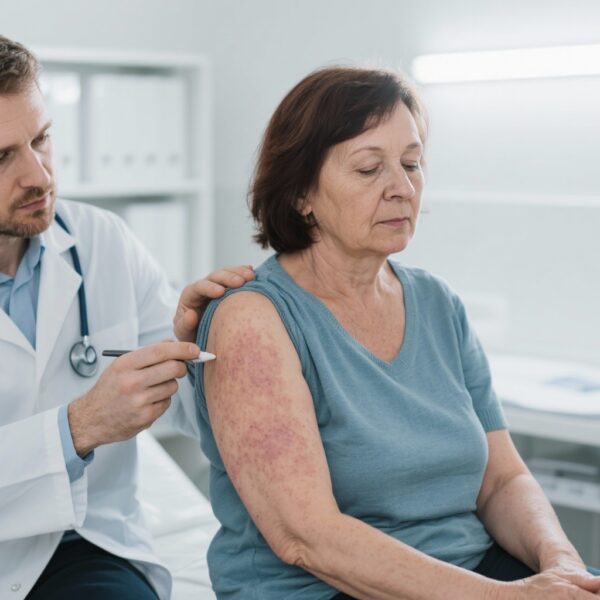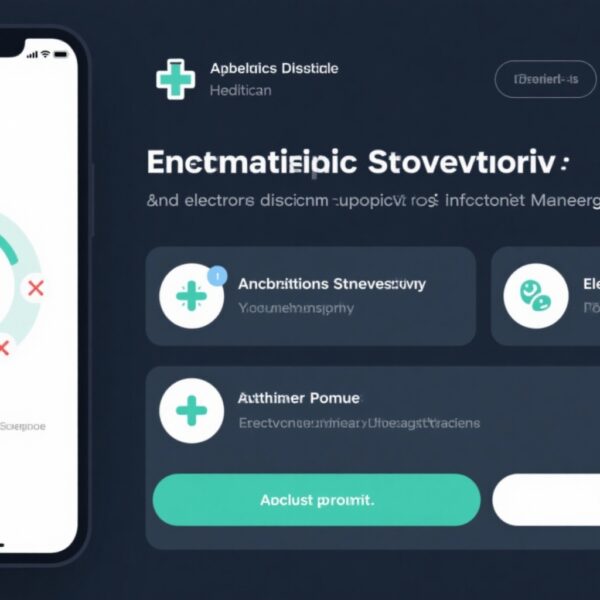Highlight
1. Integrating a multicomponent fall prevention program into rural primary health care in China significantly reduced falls among older adults by 33% compared with usual care.
2. The intervention combined balance and functional exercises with community-engaged health education tailored to local resources.
3. Secondary benefits included reduced fall rate, improved functional mobility measures (except Timed Up and Go), decreased fall-related injuries, and enhanced quality of life.
4. This scalable model offers a practical solution for fall prevention in low- and middle-income countries coping with aging populations.
Study Background and Disease Burden
Falls among older adults are a major public health issue globally, precipitating disability, loss of independence, healthcare utilization, and mortality. The burden is particularly challenging in low-resource and rural settings where access to specialized fall prevention programs is limited. China, experiencing a rapid demographic transition toward an aging population, faces increasing incidence of fall-related injuries among community-dwelling rural older adults. Despite recognition of falls as a leading cause of injury and morbidity, effective, scalable fall prevention strategies integrated within primary care infrastructure remain under-evaluated in these contexts. This gap underscores an urgent need for evidence-based interventions tailored to rural health systems to mitigate the substantial medical and social consequences of falls among older individuals.
Study Design
The FAMILY (Fall Prevention Program Integrated in Primary Health Care for Older People in Rural China) trial was a 12-month, open-label, cluster randomized clinical trial conducted in 128 rural villages across four Chinese provinces. A total of 2,610 adults aged 60 years or older, identified at risk of falls through established criteria, were randomized by village clusters to either the intervention or control group. Recruitment occurred between September 19, 2023, and November 15, 2023, with the final follow-up completed by January 15, 2025.
Intervention group participants received a comprehensive fall prevention program integrated into the rural primary health care system. Key components included balance and functional exercises administered by trained community health workers, alongside participatory health education focused on fall risk awareness and prevention strategies. The control group received usual care consisting of health education only, without active community engagement or structured exercise programming.
The primary endpoint was the proportion of participants reporting at least one fall within 12 months post-intervention. Secondary outcomes encompassed the fall rate, three validated measures of functional mobility (including the Timed Up and Go Test), the proportion with fall-related injuries, and health-related quality of life. Fall data were collected quarterly via participant self-report supported by a daily calendar tool. Functional mobility assessments were performed at baseline and at 12-month follow-up by blinded assessors.
Key Findings
The analysis included 2,610 randomized participants (median age 70.0 years [IQR, 66.4-74.2]; 59.5% female) evenly distributed between intervention (n=1,311 from 64 villages) and control (n=1,299 from 64 villages) arms.
Over an average follow-up of 358 days (SD, 31.3), 29.7% (388/1,311) of the intervention group reported one or more falls compared to 38.3% (497/1,299) in the control group, yielding a statistically significant 33% reduction in odds of falling (odds ratio [OR], 0.67; 95% confidence interval [CI], 0.48-0.91; P = .01).
All secondary outcomes favored the intervention arm. The rate of falls per person-year was significantly lower in the intervention group. Functional mobility measures, including gait speed and balance tests, showed meaningful improvement except for the Timed Up and Go Test, which did not differ significantly between groups. Participants receiving the intervention also had a reduced proportion reporting fall-related injuries and demonstrated better health-related quality of life scores.
Safety profiles were comparable between groups, with no intervention-related adverse events reported.
Expert Commentary
This high-quality cluster randomized trial offers compelling evidence that embedding fall prevention interventions within primary health care infrastructure can meaningfully reduce fall risk in rural older adults. The strength lies in its pragmatic design, integration with existing health systems, and community-engaged approach, enhancing feasibility and sustainability.
Limitations include reliance on self-reported fall data, which may introduce recall bias, although the use of calendars aimed to mitigate this. The Timed Up and Go Test’s lack of difference may reflect its variability or insensitivity in this population. Generalizability to other rural low-resource settings is promising but warrants adaptation to local contexts.
Mechanistically, the balance and functional exercises likely improved neuromuscular coordination and strength, while health education empowered behavioral changes to reduce environmental hazards and risky activities. These findings align with existing evidence supporting multicomponent interventions for fall prevention but extend this to under-studied rural primary care settings in middle-income countries.
Conclusion
The FAMILY trial demonstrates that a fall prevention program designed with balance and functional exercises alongside community-engaged health education, when integrated into rural primary health care systems, significantly reduces falls and related injuries among older adults in resource-constrained settings. This scalable intervention model holds substantial promise for China and similar countries grappling with aging populations and limited healthcare resources. Future research should explore long-term outcomes and implementation strategies to optimize reach and adherence.
References
1. Peng J, Ye P, Nan B, et al. A Fall Prevention Program Integrated in Primary Health Care for Older People in Rural China: The FAMILY Cluster Randomized Clinical Trial. JAMA. 2025;334(12):1068-1076. doi:10.1001/jama.2025.12724.
2. Sherrington C, Michaleff ZA, Fairhall N, et al. Exercise to prevent falls in older adults: an updated systematic review and meta-analysis. Br J Sports Med. 2017;51(24):1750-1758. doi:10.1136/bjsports-2017-097671.
3. World Health Organization. WHO Global Report on Falls Prevention in Older Age. Geneva: WHO; 2007.



